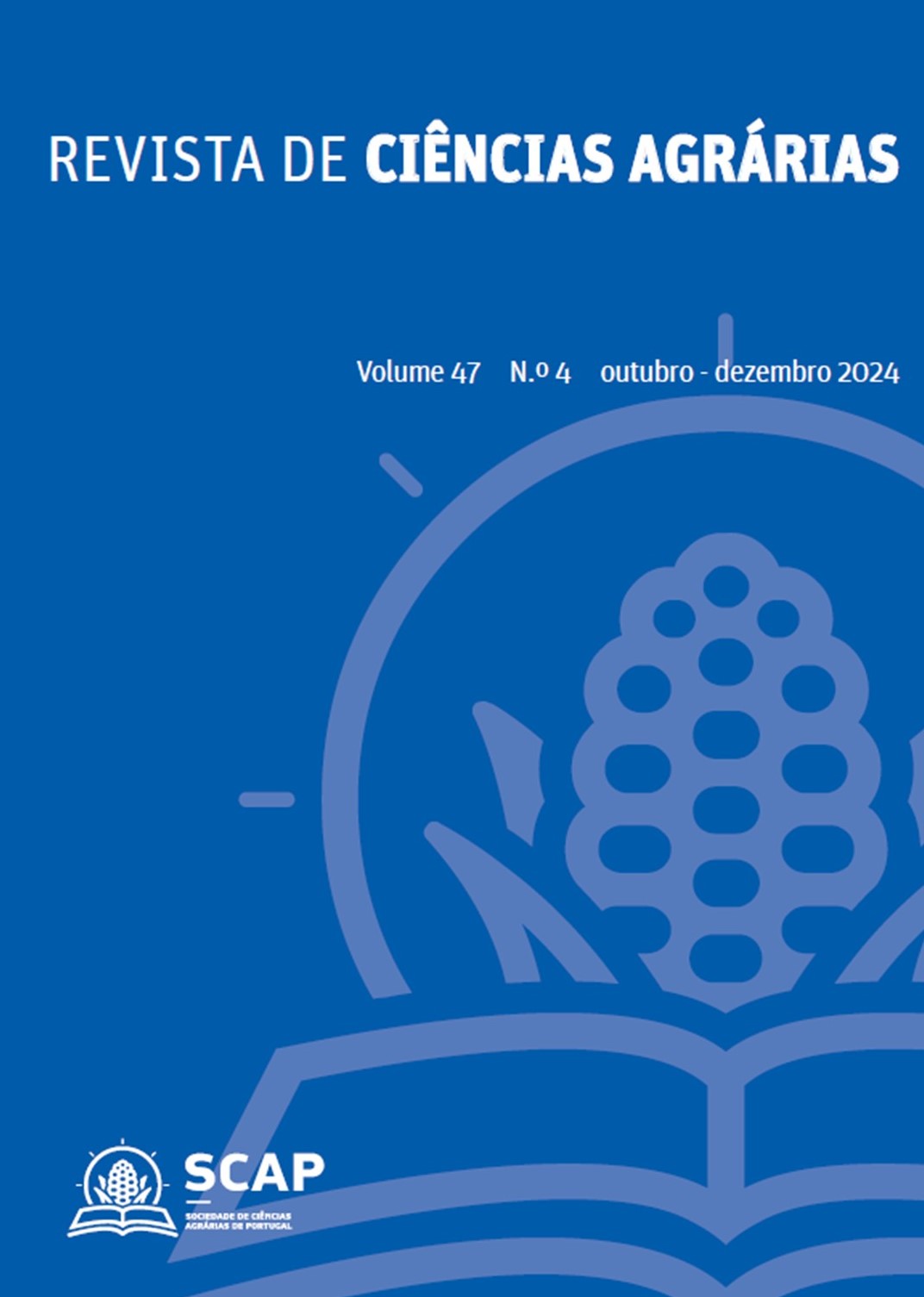Unveiling of beneficial bacteria in Douro Vineyards
DOI:
https://doi.org/10.19084/rca.38525Resumen
Microbial biodiversity in soil vineyards is a key determinant of grapevine (Vitis vinifera L.) growth and wine quality. Vineyards are subject to many pests and fungal pathogens responsible for significant losses in the wine sector. Recently, beneficial bacteria have received increasing attention as a promising sustainable alternative to chemical fertilizers and pesticides. This work aimed to isolate and characterize bacteria, with biofertilizer and biopesticide potential, from vineyards in the Douro Wine Region. The isolates were tested for their antagonistic activity against 4 grapevine phytopathogenic fungi. Thirty antagonistic isolates were identified by 16S rDNA sequences and subjected to the test of their plant growth-promoting properties. Identification results revealed the presence of 7 bacteria genera, mainly Bacillus species. Strains of Burkholderia sp. (Gs3) and Streptomyces sp. showed the highest antifungal effect. Concerning biofertilizer potential, all isolates produced IAA (values between 1 and 53 𝜇g/mL). The strain Gs3 was the highest producer of IAA and the most powerful phosphate solubilizer. For siderophores, Bacillus spp. were the main producing strains. Therefore, it can be suggested that these bacteria can be an alternative to agrochemicals. However, further studies are required to evaluate the properties of these bacteria in field conditions, separately and/or in combination, aiming to develop commercial products.


